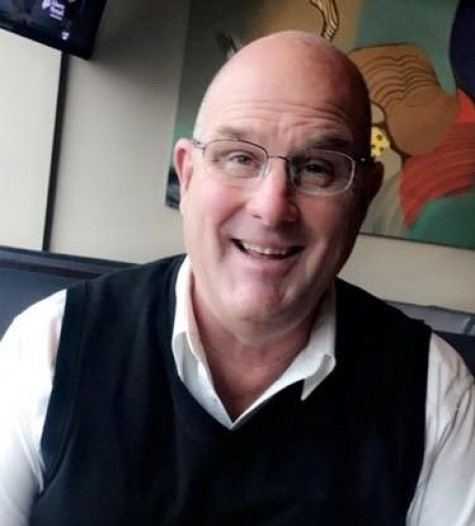Many of us have been on diets over the years.
Anything in excess is bad, which was precisely what my aunt told me after she saw me eat an entire large pizza on a dare at age 12. Her advice resonated with me a few hours later when I got a Babe Ruth size stomachache and had to live on Pepto-Bismol for the next 48 hours.
The valuable lesson I learned back then is that anything pleasurable is addicting and, evidently, spending time on our personal devices fits neatly into that category. It’s become a big problem that’s affecting both men and women, young and old equally, it seems.
It’s easy to get addicted to our personal devices that can change our lives in many ways—both good and bad. As a busy collision repair professional, you’re balancing half a dozen things simultaneously, and much of it involves your cellphone. You need to text an insurance agent; call your paint jobber; send several emails to employees, customers and vendors, etc.
Digital overload is affecting people so much that many are doing a “digital detox,” where they go cold turkey over a period of time. To me, that sounds a little daunting and I fear I might lose my mind from digital withdrawal.
Everyone has their own reason to digitally diet. The other day, I was out with some people who represented three age groups—I was the senior (61); there was a Millennial (32), and we were accompanied by a Gen Xer (23). We didn’t have much in common, except for the fact that we all admittedly spend too much time on our personal devices.
The Gen Xer is a huge music fan and has more than 800 songs on his phone. If he’s awake, it means he’s connected to his earplugs which seals him away from the real world, which he likes.
The Millennial is now a hardcore app addict with more than 100 on his phone (the national average is 30, how many do you have?) And as the senior in the room, I’m not tech-savvy enough to get addicted, but that doesn’t mean I’ll ever stop trying. The other day, it took me more than 20 minutes just to change my fantasy football lineup via my new iPhone!
Digital addictions are not limited to smartphones either. Video game addiction is a serious issue worldwide with kids (and adults) playing games for 15-plus hours daily and have detached from society completely as a result. My friends had to recently send their 17-year-old son to a video game rehab boot camp to the tune of $15,000—and it did not work.
My niece sent more than 1,200 texts one month, many of which were pictures of food. I can see if you’re eating a fancy dinner, but McDonald’s? In this always-on and connected world, it’s just too easy to find ourselves repetitively staring at screens and mindlessly swiping through pablum online for countless hours while the real world quickly passes us by.
In a study conducted this year by KDA Engineering, most Americans (92%) believe that smartphone addiction is a real issue. Although 60% of Americans believe they touch their cellphone 100 times or less daily, the reality is that a typical user taps, touches, glances at or swipes their phone a shocking 2,617 times per day, according to Dscout Research.
Going to sleep at night doesn’t release you from a cellphone addiction. It’s the last thing most people look at before going to bed at night, according to the study. Of the respondents, 44% had been woken up by the noise, and 41% by the light from a mobile phone in the bedroom.
74% of the respondents used mobile technology in the shared bed at least once a week. However, only 18% reported using a shared smartphone or tablet together in bed. Americans claim that they “somewhat or strongly agree that periodically ‘unplugging’ or taking a ‘digital detox’ is important for their mental health.
So, how does all of this digital dieting impact your business as a body shop owner or manager? The owner of Advertising Business Consultants, Inc. in San Jose, CA, Roger Henson is a 40-year advertising/marketing veteran, so he was there before the Internet and smartphones began impacting our lives.
The evolution is a good thing, but many people can’t handle it, Henson said. “I tell my kids to control the amount of time they spend on their smartphones because extreme use can cause problems like Repetitive Strain Injury (RSI), ‘text neck’ and eye strain. If you need to be connected, try to use your laptop, ideally at a proper workstation. People are now designating no-device times; stepping away from incessant buzzing notifications for incoming calls, emails, texts, etc. and giving social media a timeout.”
As a marketing guru, what does Henson tell his body shop clients about their presence online and how digital dieting might affect them? “In today’s collision repair industry, there are plenty of great apps out there that are convenient for consumers and make the industry more efficient altogether," he said. "I never blame technology when people complain about using it too much or having other issues with it. Technology makes our lives easier both personally and professionally, but the impulse to overdo it will always be there. If you’re using a photo app or aggressively pursuing social media for your shop, continue doing it.”










Ed Attanasio